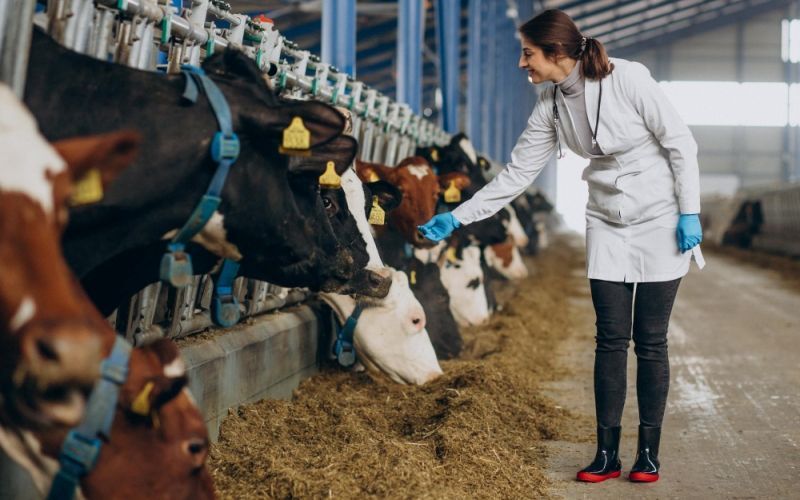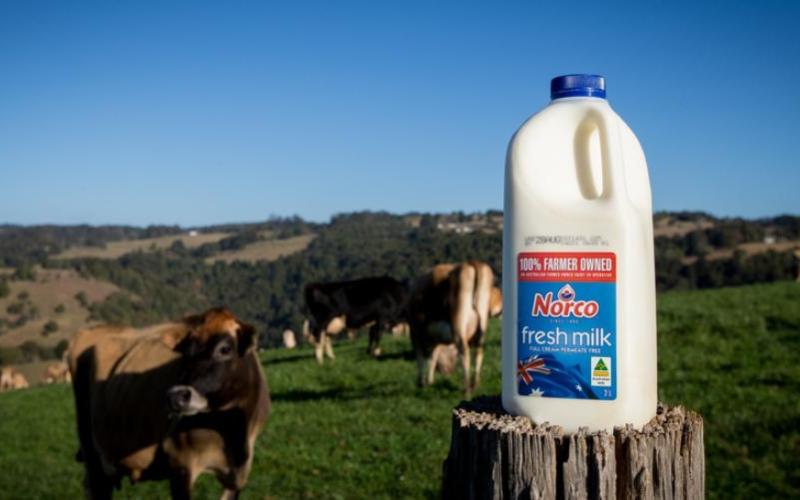Fifth Case of Avian Influenza in Human Reported in Northeast Colorado Dairy Worker
Sourse: The DairyNews
A dairy employee in northeast Colorado has become the fifth person in the U.S. to contract the highly pathogenic H5N1 avian influenza, with officials confirming only mild symptoms in the individual.

The Colorado Department of Public Health and Environment announced on Wednesday that the adult male, who had direct exposure to infected cattle, developed conjunctivitis (pink eye) but has since recovered after taking antiviral medication.
This case adds to the growing concerns about the spread of the H5N1 virus, which has historically been known for affecting poultry but has recently made a leap to dairy cattle. The current outbreak has been identified in herds across at least 12 states, leading to widespread monitoring and voluntary testing efforts.
The origins of the virus transmission to the dairy worker remain unclear, as state officials have not disclosed details about the farm or whether other individuals in contact with the man were tested. The virus, primarily found in wild birds, has occasionally spilled over to domestic animals and now, in rare instances, to humans, raising concerns about its potential to adapt further for human transmission.
Dr. Rachel Herlihy, state epidemiologist, emphasized that the risk to the general public is low, particularly for those who do not interact closely with cattle or birds. However, she advised that individuals with regular exposure to potentially infected animals should take significant precautions, including the use of gloves, goggles, and N95 masks when handling sick or dead animals, and following strict hygiene practices.
The health department also reiterated safety measures for consuming animal products, advising against drinking raw milk and confirming that pasteurized milk, as well as fully cooked beef and chicken, remain safe for consumption.
The situation is under continuous evaluation, with the U.S. Department of Agriculture recording slightly different statistics on the spread of the virus in cattle herds.
This case adds to the growing concerns about the spread of the H5N1 virus, which has historically been known for affecting poultry but has recently made a leap to dairy cattle. The current outbreak has been identified in herds across at least 12 states, leading to widespread monitoring and voluntary testing efforts.
The origins of the virus transmission to the dairy worker remain unclear, as state officials have not disclosed details about the farm or whether other individuals in contact with the man were tested. The virus, primarily found in wild birds, has occasionally spilled over to domestic animals and now, in rare instances, to humans, raising concerns about its potential to adapt further for human transmission.
Dr. Rachel Herlihy, state epidemiologist, emphasized that the risk to the general public is low, particularly for those who do not interact closely with cattle or birds. However, she advised that individuals with regular exposure to potentially infected animals should take significant precautions, including the use of gloves, goggles, and N95 masks when handling sick or dead animals, and following strict hygiene practices.
The health department also reiterated safety measures for consuming animal products, advising against drinking raw milk and confirming that pasteurized milk, as well as fully cooked beef and chicken, remain safe for consumption.
The situation is under continuous evaluation, with the U.S. Department of Agriculture recording slightly different statistics on the spread of the virus in cattle herds.
Key News of the Week














